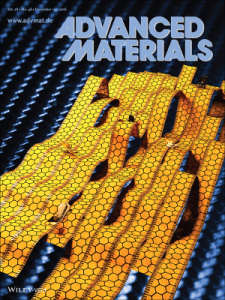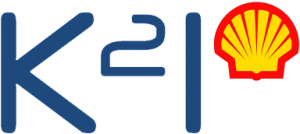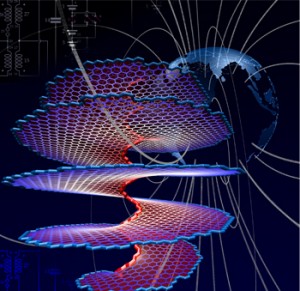 The December 14 issue of Advanced Materials features our work on carbon fibers on its back cover.
The December 14 issue of Advanced Materials features our work on carbon fibers on its back cover.
The study presents the “D-loops”, a new type of structural defect in carbon fibers, which may have highly detrimental effect on their mechanical properties and can define a new fundamental upper limit to their strength. These defects form exclusively during polyacrylonitrile (PAN) carbonization, act as stress concentrators in the graphitic basal plane, and cannot be removed by local annealing.
Related:



 Henry Yu, a 4th year graduate student in the Applied Physics/MSNE program, has won 2nd place in the
Henry Yu, a 4th year graduate student in the Applied Physics/MSNE program, has won 2nd place in the